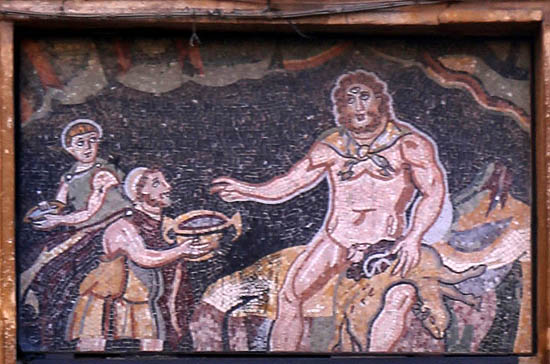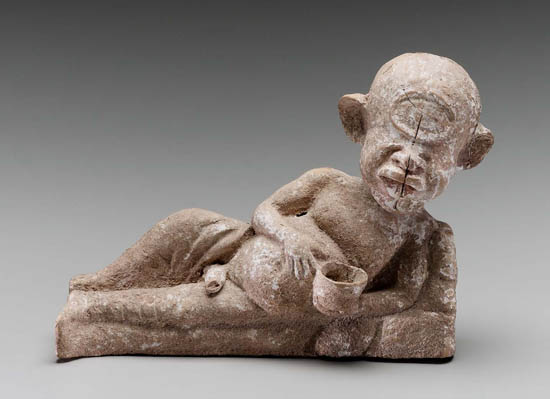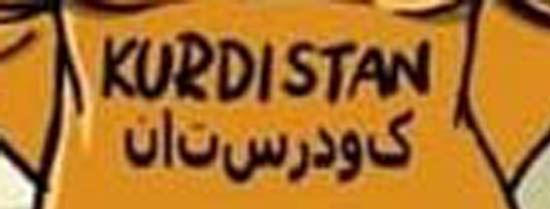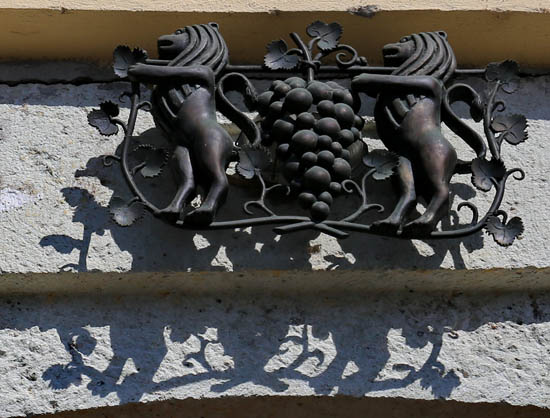
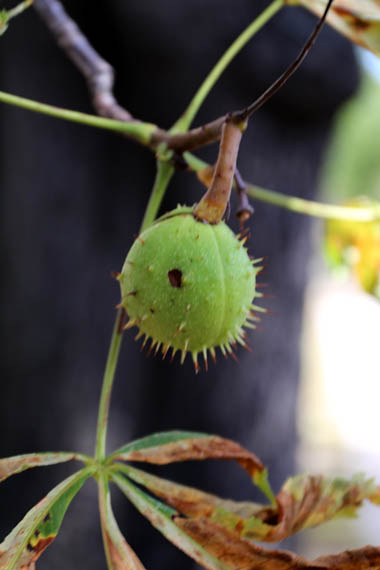
ANNA GÁSPÁR: MY TOKAJS
Plural, possessive case?
It occurred to me near Mád, when I introduced myself to the hitherto unknown fellow travelers, while tasting Tokaj wines: I have Tokajs, in plural. I don’t think it meant anything to anyone else but me when I suddenly uttered it.
Mád, Tállya, Tolcsva. This is how we learned the most famous places of the Tokaj wine region. Mád, Tállya, Tolcsva, this is how I memorized them as a little schoolgirl in 1950.
Some ten years later, I became friends with Polish architects in a university internship. First we visited for three weeks their wonderful country, from the Hel Peninsula to Krakow. We were amazed at their astonishingly modern architecture and fascinating historical world, we listened to the Polish language full of consonants, enjoyed the fragranes and tastes, were fascinated with their fashion that was very different from ours. We were delighted to see their extremely imaginative design, witty posters, their so different culture.
And then they came to us, enchanted at the sight of our capital that survived the war, enjoying the summer atmosphere of Lake Balaton. I went with them to Eger, Miskolc, Tokaj. I was their interpreter. I thought, Russian will be no problem to a Slav. But Polish students did not like Russian, and hated the RUssians. They absolutely did not want to speak Russian.
I had to learn Polish. They helped me, laughed at me, corrected me. I listened to them, I fantasized. We were happy. They loved Hungary and loved me. And in Tokaj, when descending through some hole into a cellar, it turned out they also loved Tokaj wine.
It was cool down there. We also got some food, we tasted a lot of barrels. As we ascended to the open sky, on a bright day, if I remember well, we fell on our fours, unable to walk. We somehow pushed our way to the campsite at the foot of the Tisza bridge. Whoever saw us on the road, must have had fun.
I was shocked by the grayness and poverty of the town. Is this Tokaj?
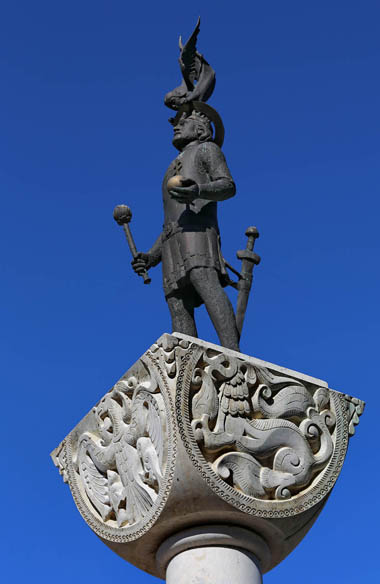
It did not take another ten years for Tokaj to reappear in my life, already familiar. In my first workplace, my first and only husband, towards the end of his bachelor years, fully in love with me, invited me together with his colleague Pista, who came from Erdőbénye in the Tokaj region, to the Tokaj Wine Bar near the Opera House. We impressed each other a lot, the two drink-resistent men and myself, the resh graduate engineer. As they later told me, I drank a liter of Tokaj Furmint on the spot. I enchanted them. Laci then married me, we had three children, and we lived together as long as he was alive. Was Tokaj wine the cause of it all?
Our children grew up and flew away, and Laci had arrived to the end of his road, when, unexpectedly, I became a vineyard owner in Tokaj, in Erdőbénye, next to Mád, in the Omlás Slope. Some fifty years have passed since our drinking at the Opera House. Although I have not become a wine addict – for many reasons –, I lived as a wonderful adventure the decade of being transformed from an unexperienced city dweller into a Tokaj oenologist. The transformation was due to Alex, my sommelier friend from Barcelona, the descendants of Pista, Mari and Bálint, and Józsi Pethő of Erdőbénye, who cultivated my one-hectare “estate” as his own. And, of course, to the wine school I completed in the meantime.
The splendor of nature, the magical and unlearnable vine cut, the spring bud-opening full of hopes, the quiet, chubby, secret blooming, the growing tendrils, the slow ripening of the bunches, and the late October harvest with the fragrance of honey, walnut and plum. This is what the vineyard gave to me, with its fruit blessed with different treasures every year, created from the same minerals, the same soil, and the ever-changing weather.

Must and wine. In Tokaj, you don’t have to manipulate it. Here the wine is samo-rodni, born by itself, and who would understand it better than I?
We made good wine. Hungarians, Slovaks and Poles gladly consumed it at the inebriated Erdőbénye Festivals.
But I have no vineyard any more.
This year, in early autumn, the magical Tokaj wine enticed me to a new adventure: traveling, exploring and tasting a wide variety of Tokaj wines. Not only in the Tokaj wineries, but also in Slovakia, and in Polish Galicia. Many wines, many synagogues, many hills, many little towns, many Jewish cemeteries within and beyond the borders. I did not care that it hurted here and there, that I could walk only a little, that I had trouble to stand waiting.
And in the Polish Tarnów, a miracle happened.
Here was born and here is buried Bem Apó, floating between heaven and earth, because at the end of his life he converted to Islam, and he was not allowed to be buried in a consecrated land. His tombstone is worthy of his deeds: the sarcophagus hiding his mortal remnants is held by six snow-white pillars standing in the middle of a lake.

Still, this was not the miracle of Tarnów.
In the evening, in the restaurant of a funhouse-like hotel converted from an old-fashioned Monarchy-era post office, where every wall was covered by huge paintings, portraits and landscapes in the wildest and darkest colors, the works of a poor painter who paid for the room and board for his pictures (oh, horror, I wish he would have not done that) – so, in the evening in the restaurant we tasted Tokaj wines, just like on other days. At the end of a great dinner, this time three kinds of dry Tokaj samorodni.
A Mezőzombor Disznókő Wine House 2015, and an Olaszliszka 2009 samorodni from the French Samuel Timon. The third one I do not remember.
It took my breath away. I remained speechless. Never before I experienced this kind of enjoyment, beauty, dazzle and obliteration. Nothing and everything, a gift of nature, for which I am grateful from the bottom of my heart.
Wines of my body and soul, Tokaj wines, my Tokajs.

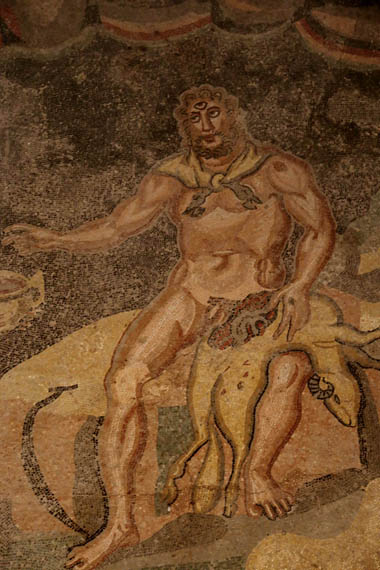
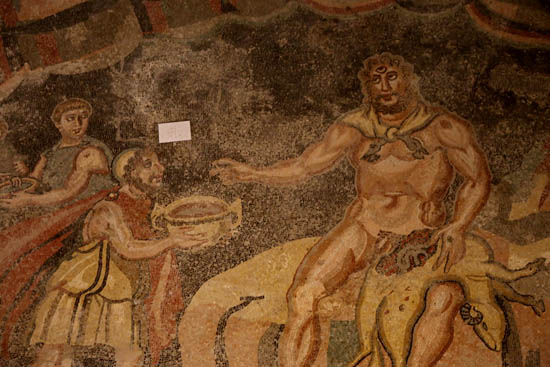
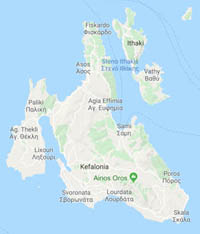
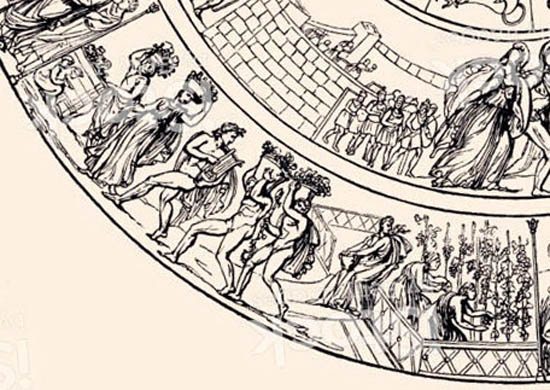
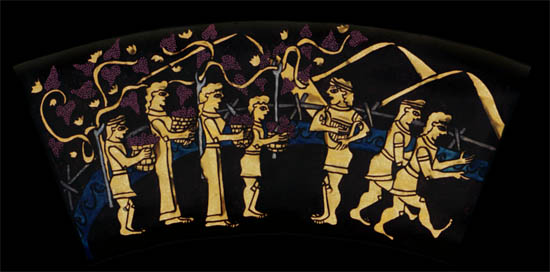

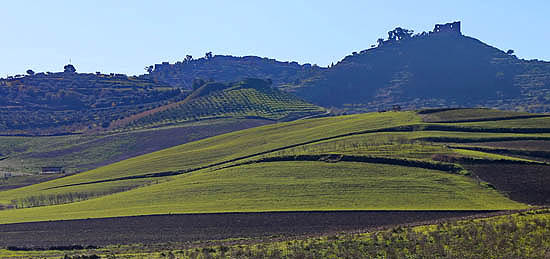
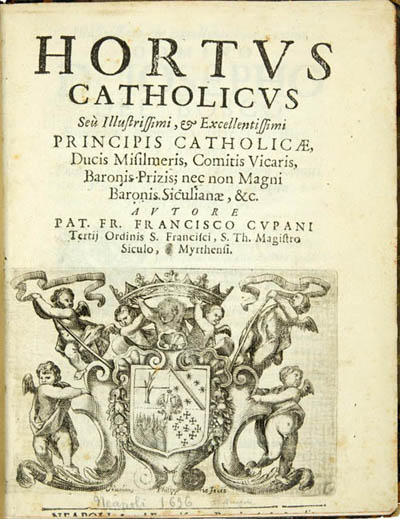
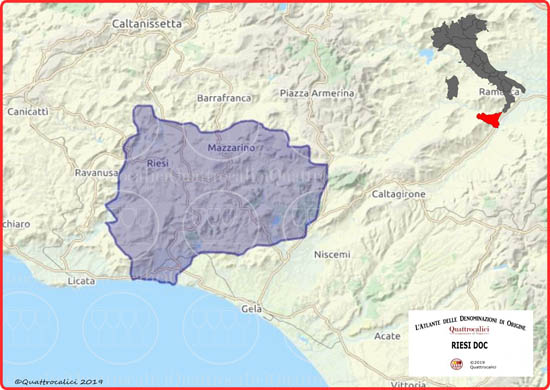
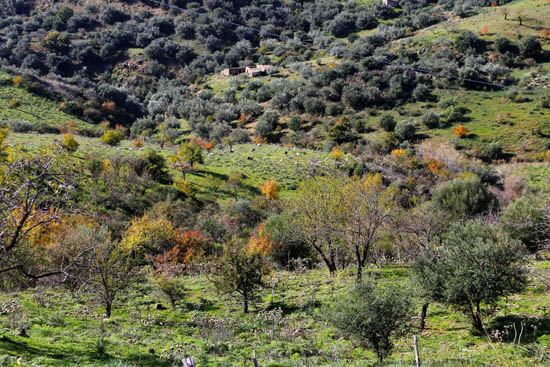
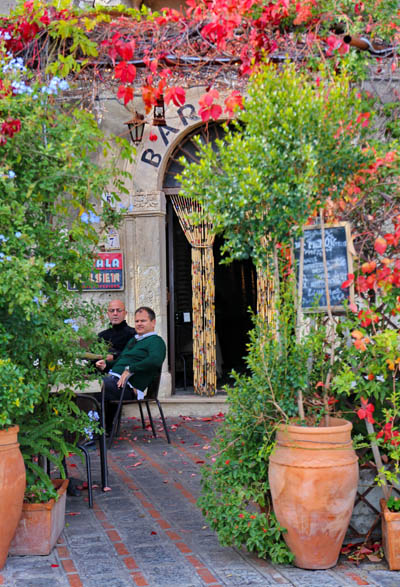
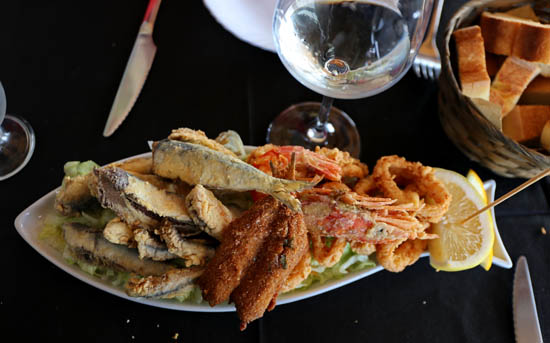
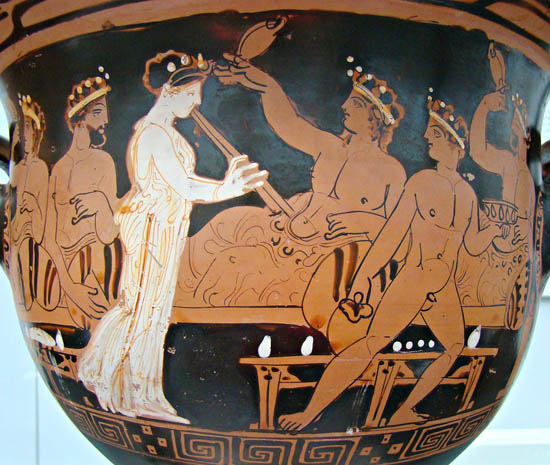
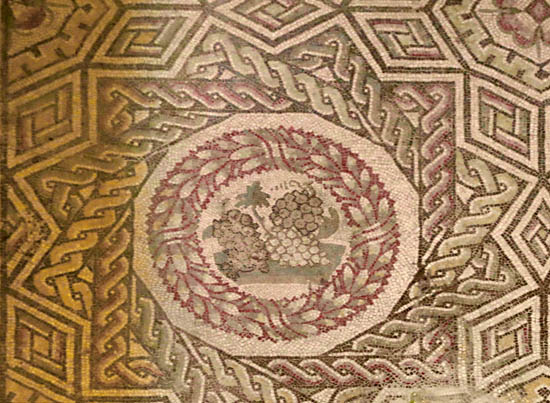

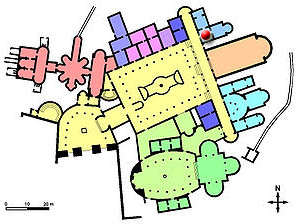 All of these will be discussed in a future post. Now I just want to talk about the scene decorating one of the dominus’ suites. To be exact, the antechamber of the domina’s bedroom (marked with a red dot on the floor plan). This mosaic shows a story that you do not want to dream about. It is the episode from the Odyssey where the Greeks venture into the giant cave of the one-eyed Polyphemus – which is known to have been in Sicily –, and the terrible cyclops begins to devour them. Then Odysseus walks up to him, offering him a large jug full of night-colored wine, and, having made him drunk, puts out his single eye with a sharpened and heated stick.
All of these will be discussed in a future post. Now I just want to talk about the scene decorating one of the dominus’ suites. To be exact, the antechamber of the domina’s bedroom (marked with a red dot on the floor plan). This mosaic shows a story that you do not want to dream about. It is the episode from the Odyssey where the Greeks venture into the giant cave of the one-eyed Polyphemus – which is known to have been in Sicily –, and the terrible cyclops begins to devour them. Then Odysseus walks up to him, offering him a large jug full of night-colored wine, and, having made him drunk, puts out his single eye with a sharpened and heated stick.




